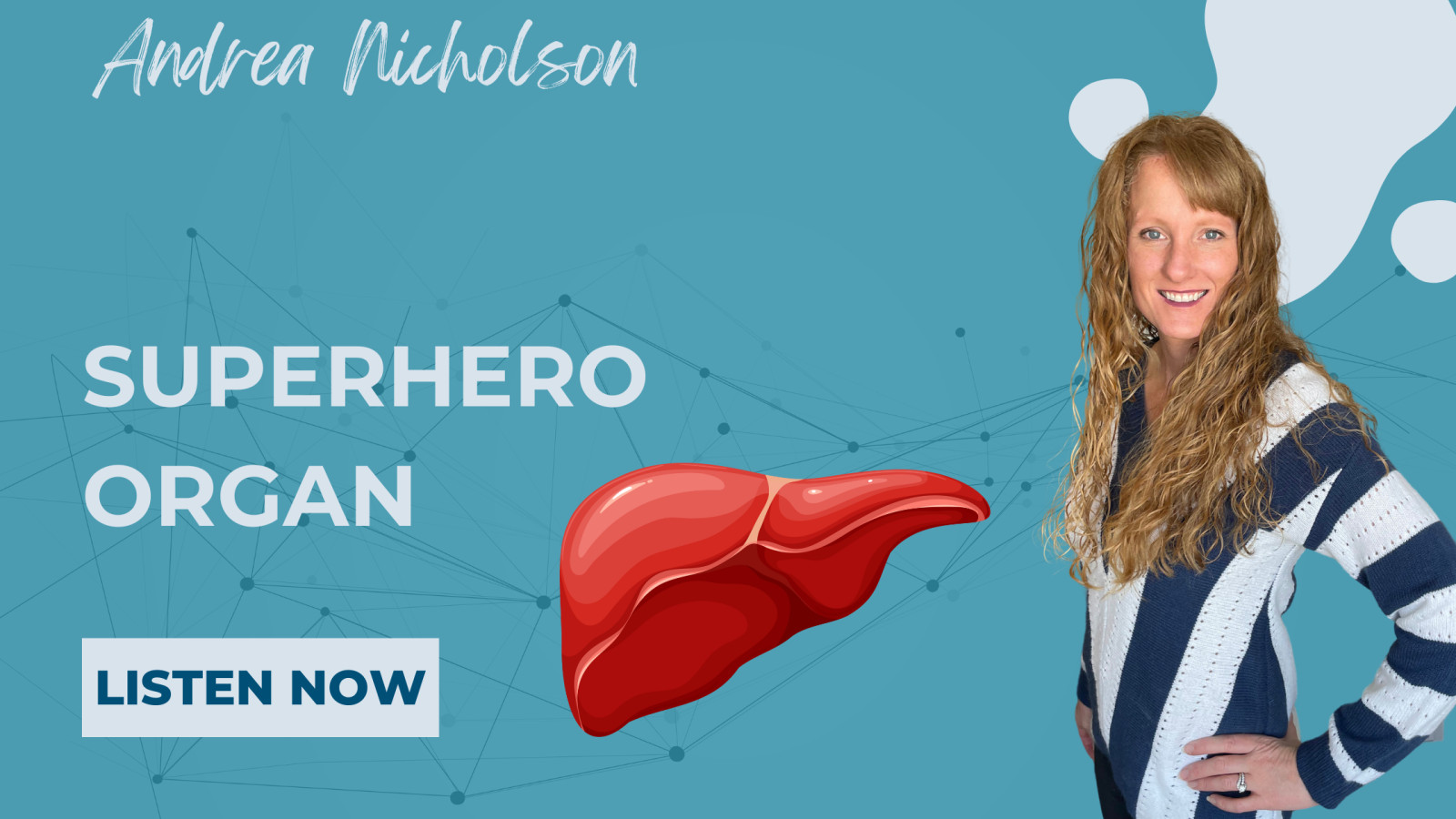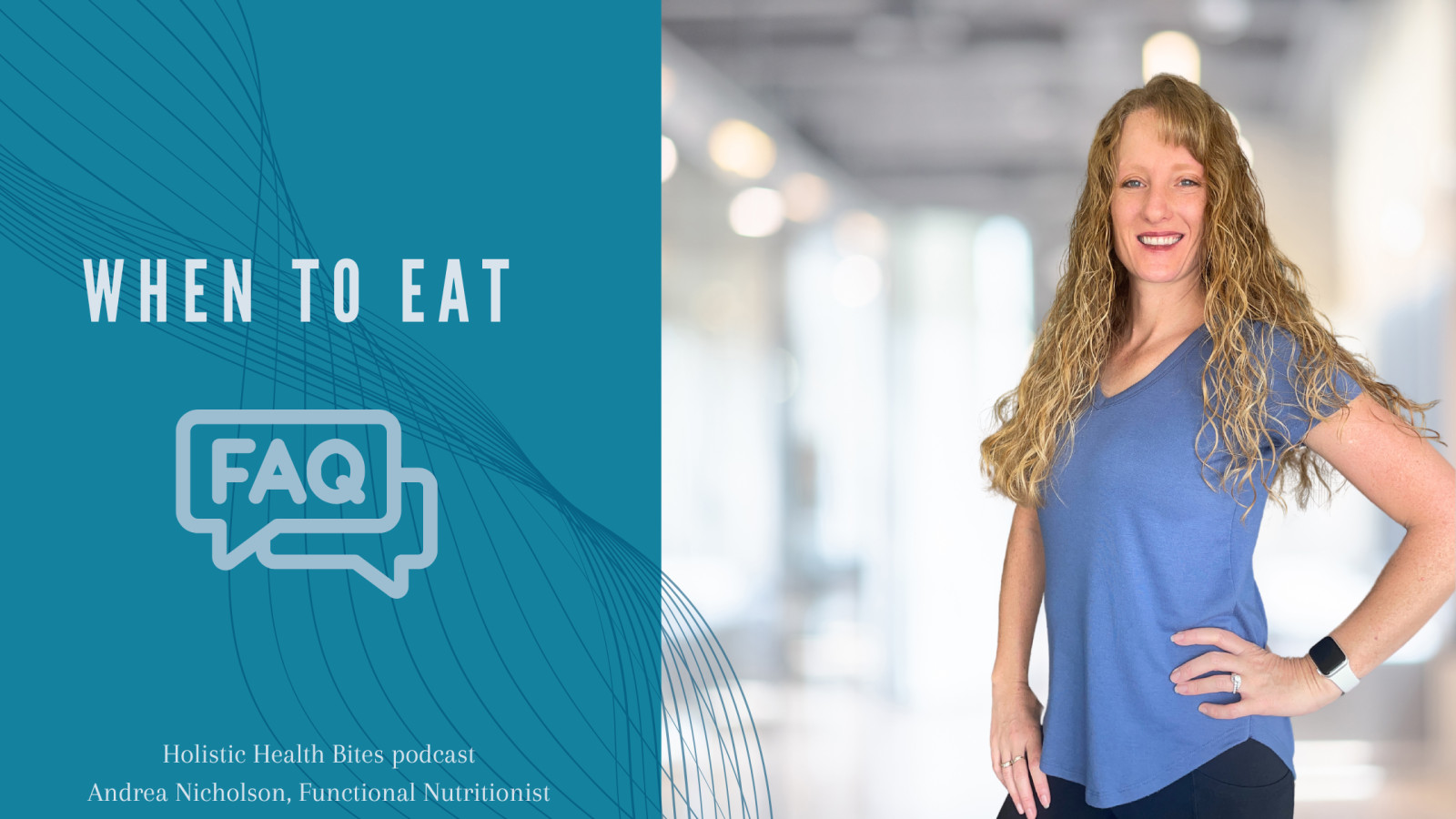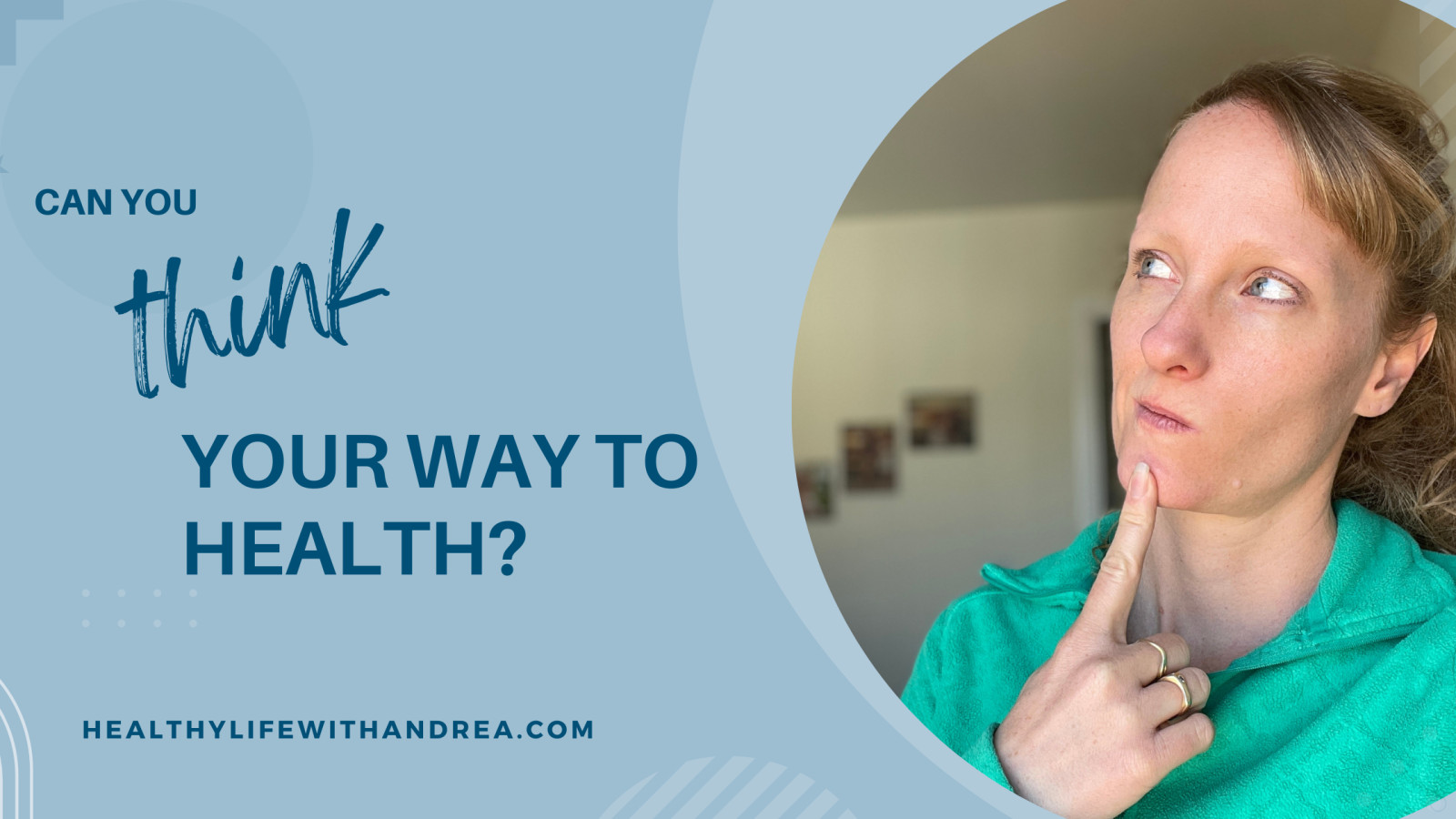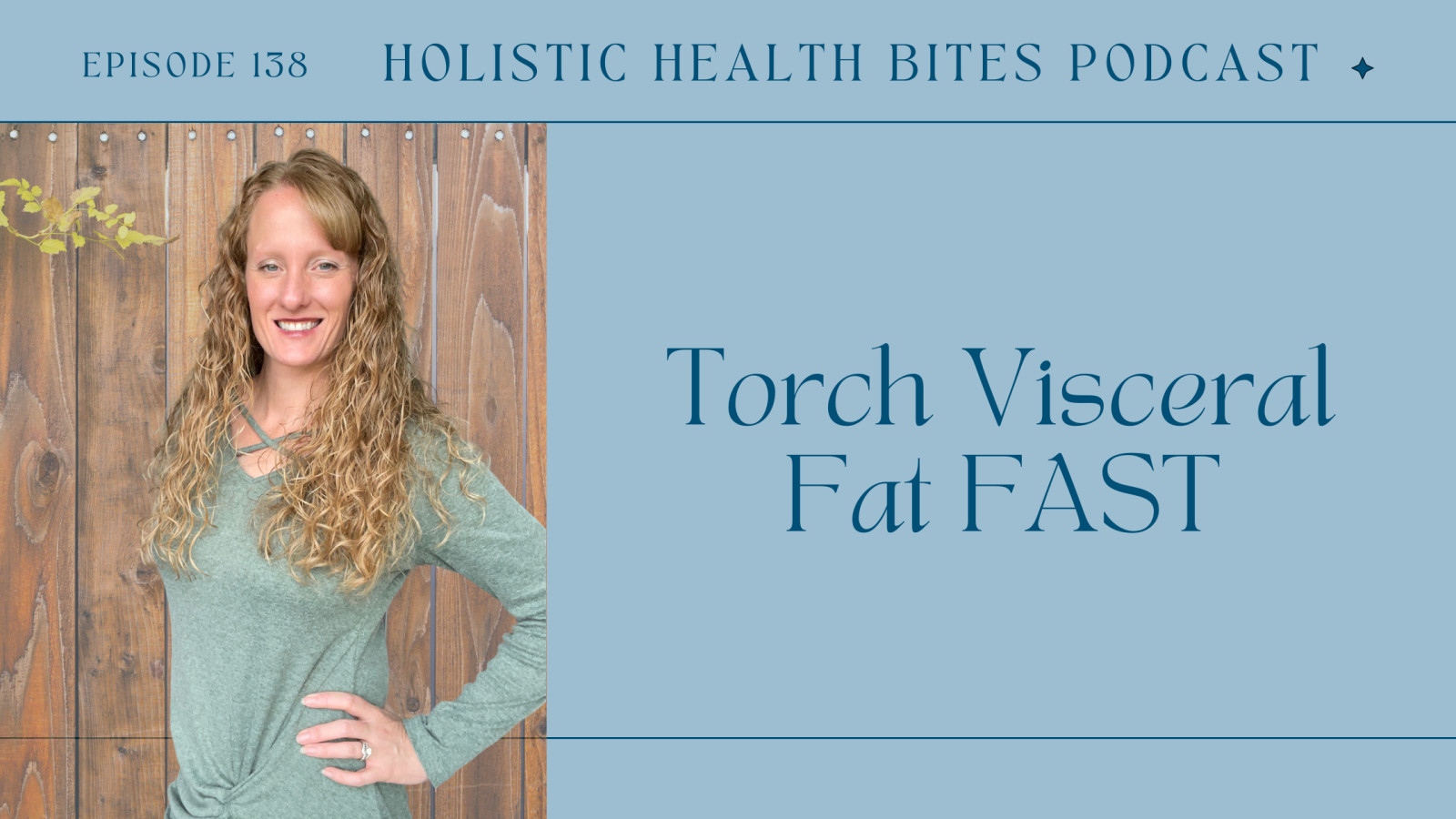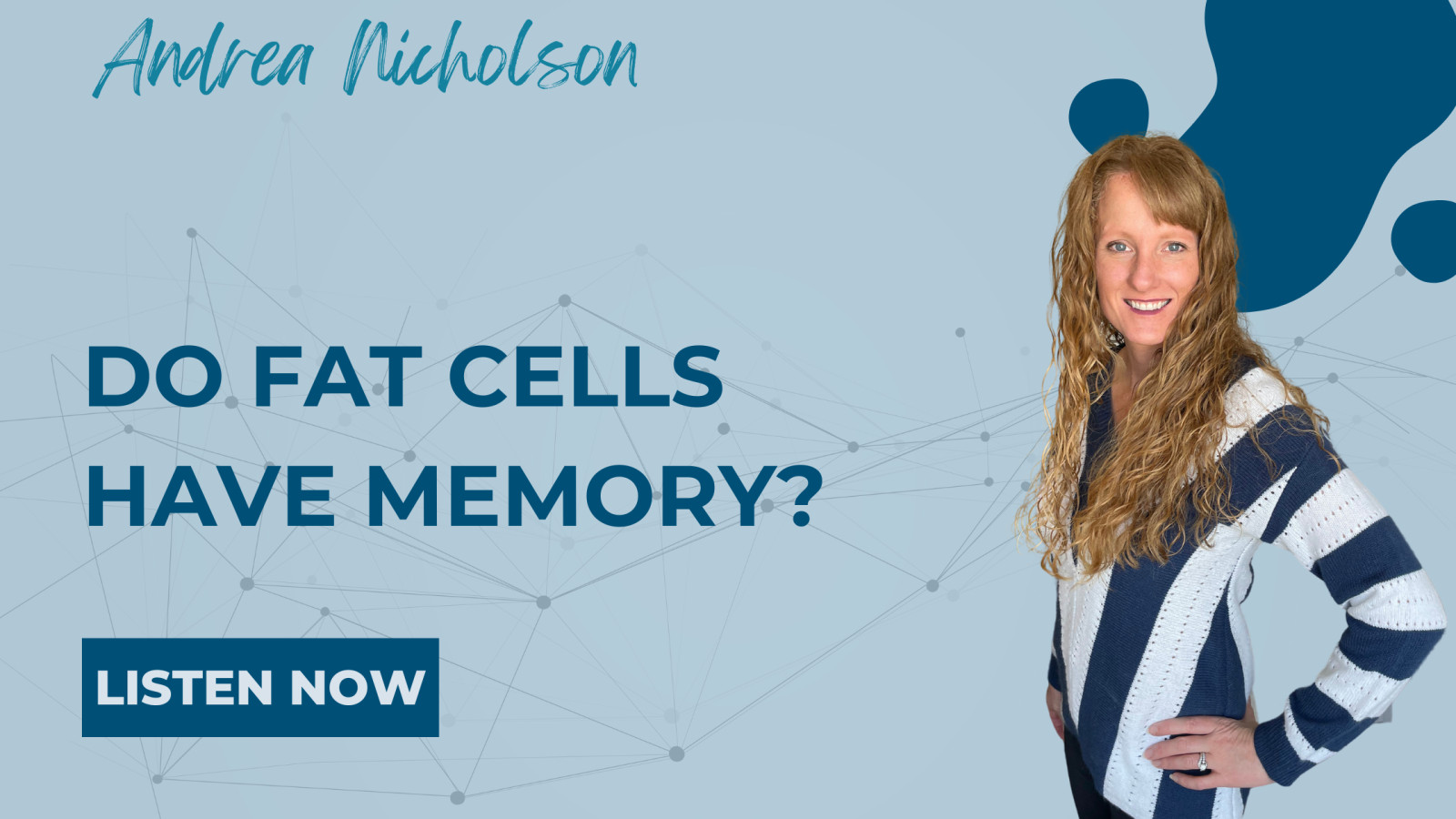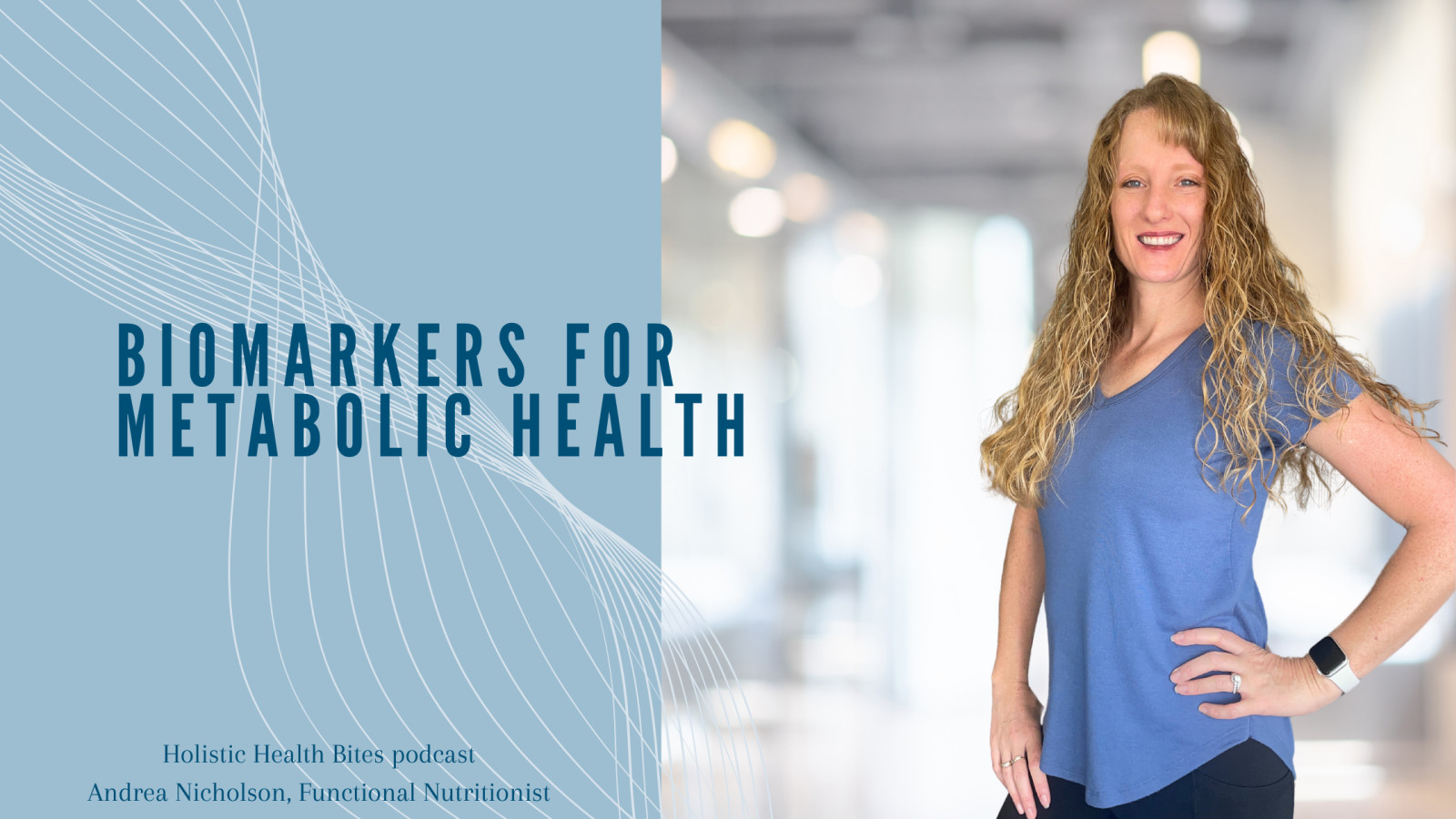Functional Nutritionist Andrea Nicholson reviews a recent study published in the Scandinavian Journal of Gastroenterology examined the effects of a fruit-rich diet on patients with non-alcoholic fatty liver disease (NAFLD). The study found that participants who consumed at least 4 servings of fruit per day gained an average of 7kg (15.4 lbs) and had increases in waist circumference, triglycerides, LDL cholesterol, total cholesterol, and liver enzymes. On the other hand, participants who consumed less than 2 servings of fruit per day lost an average of 6.5kg (14.3 lbs), had decreases in waist circumference, triglycerides, LDL cholesterol, total cholesterol, blood sugar levels, and insulin resistance. While this study focused on individuals with NAFLD, it raises questions about the overall consumption of fruit and its impact on health.
It is important to note that this study had a small sample size and there are other studies with contradictory findings. However, with NAFLD affecting approximately 1 in 3 people in the US, these results are worth considering. The study does not suggest that fruit directly causes fatty liver disease but indicates that it may worsen the condition in individuals who already have it. Considering the negative effects on cholesterol, lipids, blood sugar, and insulin resistance, it may be wise to consider reducing fruit consumption as a nutritional strategy.
While this study focuses specifically on fruit, it also raises broader questions about the role of grains and overall carbohydrate consumption in our diets. Cutting back on fruit, grains, and carbs may be worth exploring for those looking to improve their overall health.
Read more...Functional Nutritionist Andrea Nicholson discusses five common weight loss mistakes that people make. First, not consuming enough calories can actually slow down your metabolism and cause your body to hold onto fat stores. Additionally, drinking too many calories from sugary drinks or high-calorie beverages can hinder weight loss progress. Not getting enough quality sleep is another mistake, as it can increase cravings and lead to poor food choices. Nicholson also highlights the importance of strength training, as it helps build lean muscle mass and burns more energy throughout the day. Lastly, she emphasizes the need to focus on overall health rather than solely on the number on the scale, as unhealthy habits can arise when the emphasis is solely on weight loss. The key is to prioritize health and address any underlying health challenges in order to achieve sustainable weight loss.
Read more...Can type 2 diabetes be reversed? According to Functional Nutritionist Andrea Nicholson, the answer is yes. While conventional medicine often views type 2 diabetes as a progressive disease, recent research suggests that disease progression can be stopped and even reversed. Insulin resistance, the root cause of diabetes, can be eliminated through proper nutrition and lifestyle approaches. However, it's important to maintain healthy eating and positive lifestyle habits in order to sustain these results. Nicholson provides five key things to know about diabetes reversal, including addressing the root cause, building sustainable habits, personalizing the plan, implementing a proven system, and finding and utilizing support.
In order to successfully reverse type 2 diabetes, it's important to focus on reducing blood sugar and insulin levels through customized approaches that work for each individual. This may involve very low-calorie or low carbohydrate diets, or even bariatric surgery. However, it's crucial to consider the risks and sustainability of these plans. Additionally, having a support network, including family, friends, medical providers, and coaching, can greatly contribute to the success of diabetes reversal. The key is to find a plan that works for you and stick with it, while also seeking help and education along the way.
Read more...If you've been recently diagnosed with type 2 diabetes or prediabetes, you might be feeling overwhelmed and unsure of what steps to take next. But don't worry, you're not alone. In fact, more than 50% of US adults have diabetes or pre-diabetes. In this blog post, Functional Nutritionist Andrea Nicholson provides a list of the top 10 things you need to know when you're newly diagnosed.
First, it's important to understand what type 2 diabetes and prediabetes are. Essentially, these conditions occur when your body is no longer using insulin properly, often due to chronically high blood sugar levels. The good news is that these conditions can be reversible in many cases, and there are specific nutrition methods that can help lower your insulin needs.
It's never too early to take action and start managing your condition. The earlier you start, the easier the process will be, and the less damage you'll have to fight against. Your food choices and lifestyle habits play a crucial role in managing and reversing your diabetes. It's important to choose foods that have a positive impact on your blood sugar levels and to incorporate exercise into your routine to improve insulin sensitivity. Seeking ongoing support from a healthcare professional who specializes in holistic approaches can also be beneficial. Remember, you're not alone in this journey, and with the right support and knowledge, you can take control of your health.
Read more...Functional Nutritionist Andrea Nicholson discusses the signs and causes of prediabetes. She explains that prediabetes occurs when the body becomes less sensitive to insulin, a process that can occur over many years before blood sugars start to rise. Nicholson highlights that over 50% of the adult population in the United States has diabetes or prediabetes, including those who are not overweight. She emphasizes that only 12% of adults have optimal levels of markers for metabolic disorders.
Nicholson provides an overview of blood sugar, insulin, and the two main types of diabetes: type 1 and type 2. She explains that type 1 diabetes is an autoimmune disease where the body doesn't produce insulin, while type 2 diabetes occurs when the body doesn't use insulin properly due to insulin resistance. She discusses the diagnoses of prediabetes and diabetes based on various laboratory markers such as fasting blood sugar and hemoglobin A1c. Nicholson points out that many doctors don't test insulin levels, which are crucial in assessing diabetes and prediabetes progression.
The blog post also addresses the causes of diabetes progression, emphasizing that high insulin levels originate from increases in blood sugar due to dietary carbohydrates. Nicholson argues that cutting back on carbohydrates is the fastest and most sustainable way to lower blood sugar and insulin levels. She also explores the impact of stress on blood sugar, mentioning that cortisol release can cause blood sugar rises. Nicholson criticizes the medications and conventional treatments available for prediabetes and diabetes, stating that they don't address the root cause and may have negative side effects. She encourages focusing on diet and lifestyle factors to address the true underlying causes of elevated blood sugar and insulin levels.
Link to the original post: [Prediabetes signs and causes](https://www.healthylifewithandrea.com/prediabetes-signs-and-causes/)
Read more...


